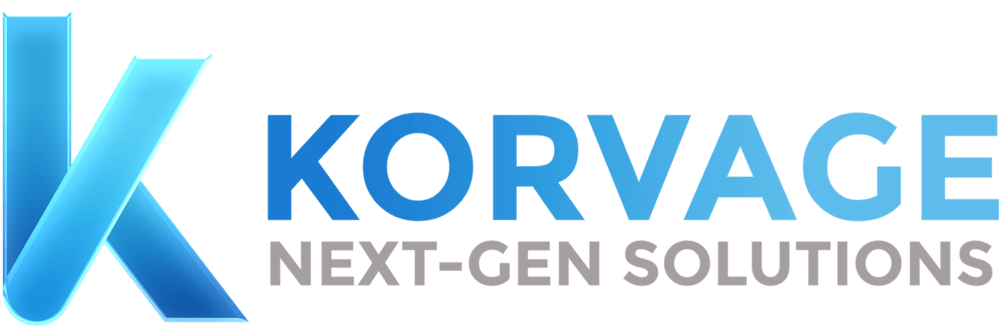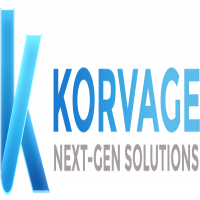The Role of HRMS & Payroll Software in Ensuring Compliance with Labor Laws

Strong 8k brings an ultra-HD IPTV experience to your living room and your pocket.
Compliance with labor laws is paramount for any organization. These regulations ensure fair treatment of employees, proper compensation, and a safe working environment. Non-compliance can lead to severe penalties, tarnished reputations, and legal ramifications. Human Resource Management Systems (HRMS) and Payroll Software have become indispensable tools in navigating these complex legal landscapes.
Understanding Labor Laws
Labor laws encompass a broad spectrum of regulations designed to protect employees. These include the Fair Labor Standards Act (FLSA), Occupational Safety and Health Act (OSHA), and various state-specific laws. Employers must meticulously adhere to these laws to avoid punitive actions. Non-compliance can result in hefty fines, lawsuits, and operational disruptions, underlining the necessity for robust compliance mechanisms.
HRMS and Payroll Software: An Overview
HRMS and Payroll Software are technological solutions that streamline HR and payroll processes. HRMS, or Human Resource Management Systems, integrate various HR functions such as recruitment, performance management, and employee data management. Payroll Software focuses on the accurate calculation and distribution of employee wages. Over the years, these systems have evolved from simple record-keeping tools to sophisticated platforms that offer comprehensive compliance support.
Role of HRMS in Compliance:
HRMS plays a critical role in automating and managing employee data. These systems ensure that all employee information is accurate and up-to-date, facilitating compliance with labor laws. Automated record-keeping and data management help prevent errors that could lead to non-compliance. Furthermore, HRMS provides real-time access to employee information, which is essential for timely reporting and audits.
Payroll Software and Legal Compliance
Payroll Software is vital for ensuring compliance in wage calculations and tax reporting. These systems automate the calculation of wages, overtime, and bonuses, ensuring adherence to legal standards. Additionally, Payroll Software manages tax withholding and reporting, reducing the risk of errors that could trigger compliance issues. By automating these processes, Payroll Software minimizes the administrative burden on HR departments, allowing them to focus on strategic initiatives.
Benefits of Integrated HRMS and Payroll Systems
The integration of HRMS and Payroll Software offers numerous benefits. It streamlines processes, enhancing efficiency and reducing the likelihood of human error. Integrated systems provide a holistic view of employee data, making it easier to identify and address compliance issues. This seamless integration also ensures that changes in employee status or compensation are automatically reflected across all systems, maintaining consistency and accuracy.
Challenges and Solutions
Despite the advantages, businesses may encounter challenges in implementing HRMS and Payroll Software. Common issues include system compatibility, data migration, and user adoption. However, modern software solutions are designed to address these challenges. They offer user-friendly interfaces, robust data migration tools, and comprehensive support services to ensure smooth implementation and operation.
Future Trends in HRMS and Payroll Software
The future of HRMS and Payroll Software lies in the integration of advanced technologies such as AI and machine learning. These technologies can enhance compliance by providing predictive analytics and proactive compliance monitoring. AI can identify potential compliance risks and suggest corrective actions, while machine learning algorithms can improve the accuracy of wage calculations and tax reporting. These innovations will continue to transform how organizations manage compliance.
Conclusion
HRMS and Payroll Software are crucial in ensuring compliance with labor laws. These systems automate complex processes, reduce human error, and provide real-time access to essential data. As labor laws continue to evolve, organizations must leverage these technologies to stay compliant and mitigate risks. The integration of AI and machine learning will further enhance the capabilities of HRMS and Payroll Software, ensuring that businesses remain agile and compliant in an ever-changing legal landscape.
Note: IndiBlogHub features both user-submitted and editorial content. We do not verify third-party contributions. Read our Disclaimer and Privacy Policyfor details.


